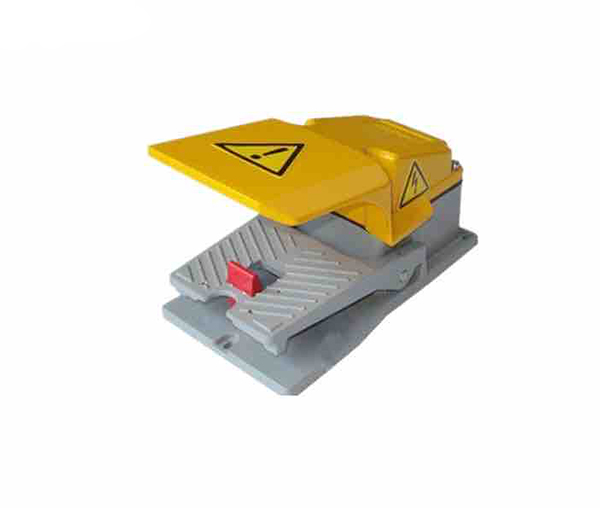GET QUOTATION
Please leave us a message, and we will reply within 12 hours.
In the context of industrial brakes, a controller is an electronic or electro-hydraulic device that governs the actuation of a brake system. It is not the brake itself, but rather the component that sends the command signal to either apply or release the braking force. For electromagnetic brakes, a controller can be as simple as a rectifier that converts AC input to the necessary DC voltage to energize the coil and release the brake. More advanced controllers, often integrated into PLCs (Programmable Logic Controllers) or VFDs (Variable Frequency Drives), can manage sophisticated functions such as soft braking for controlled deceleration, over-excitation for high-speed release, and power-saving modes that reduce holding voltage. Ultimately, the controller is the critical link between the machine’s overall control system and the brake’s mechanical action, dictating the timing, speed, and precision of the braking operation.

Please leave us a message, and we will reply within 12 hours.
